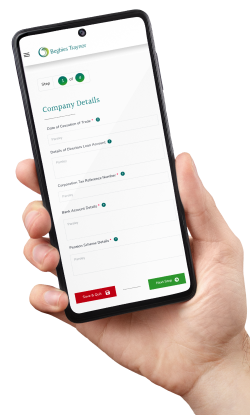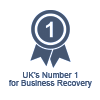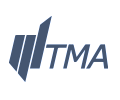Business Asset Disposal Relief (BADR) is a tax relief scheme that reduces the rate of Capital Gains Tax payable on the profit you make when selling or disposing of business assets. So, if you plan on retiring or closing a solvent limited company you no longer need, BADR is something to be aware of.
Here we discuss how Business Asset Disposal Relief works, the relief it provides and whether you might be eligible.
Concerned about the National Insurance increase?
For the 2024-25 tax year, the rate of employer National Insurance increases from 13.8% to 15% adding yet more pressure onto already squeezed cash flows. If you are worried about the impact this could have on your company’s finances, talk to the experts at UK Liquidators. As licensed insolvency practitioners we can explain your options and help you plot a way forward. Call today on 0800 063 9262.
Business Asset Disposal Relief reduces the financial burden on company directors and business owners when they dispose of business assets or sell shares in their company. Formerly known as Entrepreneurs’ Relief, the scheme aims to encourage entrepreneurs to start and invest in their businesses.
When you decide to sell or liquidate a solvent business using a formal process known as Members' Voluntary Liquidation (MVL), you will pay Capital Gains Tax on any profit on your original investment. Following the Autumn Budget 2024, the rate of Capital Gains Tax payable on disposals made on or after 30 October 2024 is 18% and 24% for basic and higher-rate taxpayers respectively.
However, if you are eligible for Business Asset Disposal Relief, it reduces the rate of CGT you pay to 14%. This will increase to 18% in 2026. There is no limit on the number of businesses you can sell or close to qualify for the scheme, but there is a lifetime limit of £1 million of qualifying gains.
Liquidation Portal
For Company Directors

You may be eligible to claim Business Asset Disposal Relief when you dispose of ‘qualifying assets’. Qualifying assets include the entire business, part of the business or shares.
To be eligible for BADR, you must meet the following criteria:
If you want to sell all or part of your business then:
If you qualify, you must claim the Business Asset Disposal Relief by 31 January following the tax year when the disposal or sale occurred. If you close your business, you can only claim BADR if you sell the asset within three years.
You can claim BADR by:
There are two ways to close a solvent limited company. You can use a process called Voluntary Dissolution, which is the cheapest method, or put your business into a formal liquidation procedure called Members’ Voluntary Liquidation (MVL).
On the face of it, an MVL is more expensive, as you have to pay the professional fees of a liquidator. However, it’s also more tax-efficient as you can claim Business Asset Disposal Relief on the distributions.
The liquidator will value and sell the company’s assets as part of the process and distribute the proceeds among the shareholders. All the proceeds from a Members' Voluntary Liquidation are taxed as capital rather than income, and if you qualify for BADR, it will reduce the rate of CGT tax payable.
If you were to dissolve the company, only the first £25,000 is taxed as capital. Anything over that amount is regarded as income, which you pay more tax on. You cannot claim Business Asset Disposal Relief if the company is dissolved or struck off.
If you want to close your solvent business and think you might qualify for Business Asset Disposal Relief, we can provide industry-leading advice and guide you through the process. Please get in touch for a free consultation or arrange a meeting at one of our 100+ offices throughout the UK.
By completing the test, you will receive:
If you are considering liquidation for your company, taking expert advice at an early stage is crucial. At UK Liquidators, our team of licensed insolvency practitioners are committed to providing limited company directors with the help and advice they need to make an informed decision.




Looking for immediate support?
Complete the below to get in touch